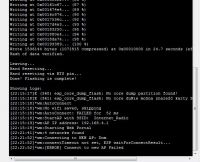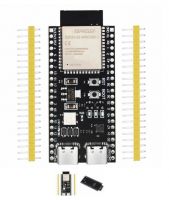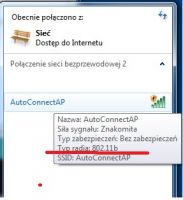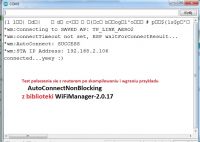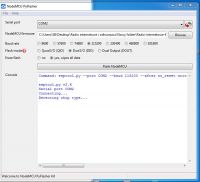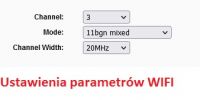khoam:
I have two of the same ESP boards both have the same thing on them, uploaded multiple times so not likely. I'm betting they are some kind of insecure, or the Chinese have changed something about the others.
I have the impression that when it says Internet radio, the ESP crashes. But when I try to change wifi, I get a return that it sees 4 networks and tries to connect. Nevertheless, nothing happens on the OLED.
I will still look for the old router tomorrow and try again.
I have two of the same ESP boards both have the same thing on them, uploaded multiple times so not likely. I'm betting they are some kind of insecure, or the Chinese have changed something about the others.
I have the impression that when it says Internet radio, the ESP crashes. But when I try to change wifi, I get a return that it sees 4 networks and tries to connect. Nevertheless, nothing happens on the OLED.
I will still look for the old router tomorrow and try again.




